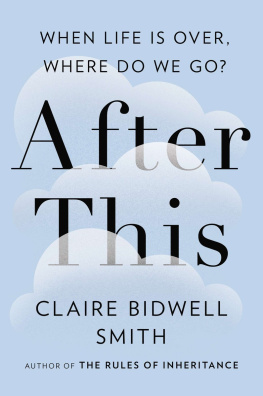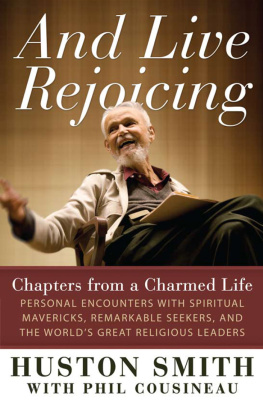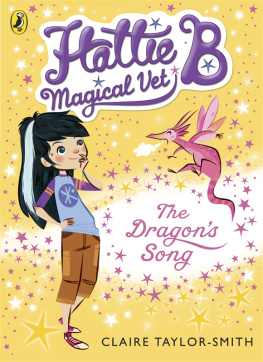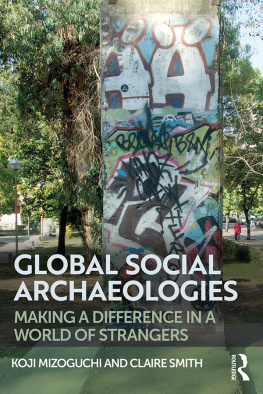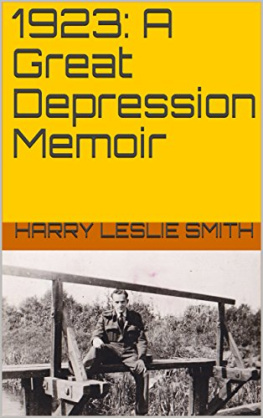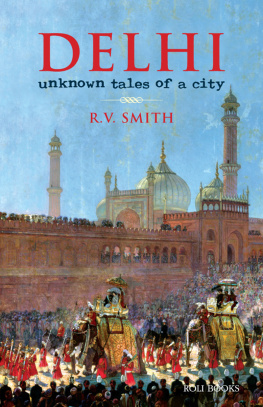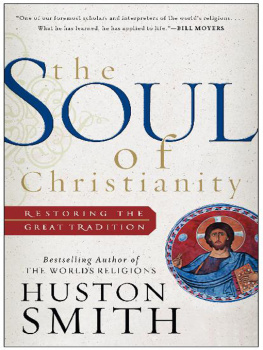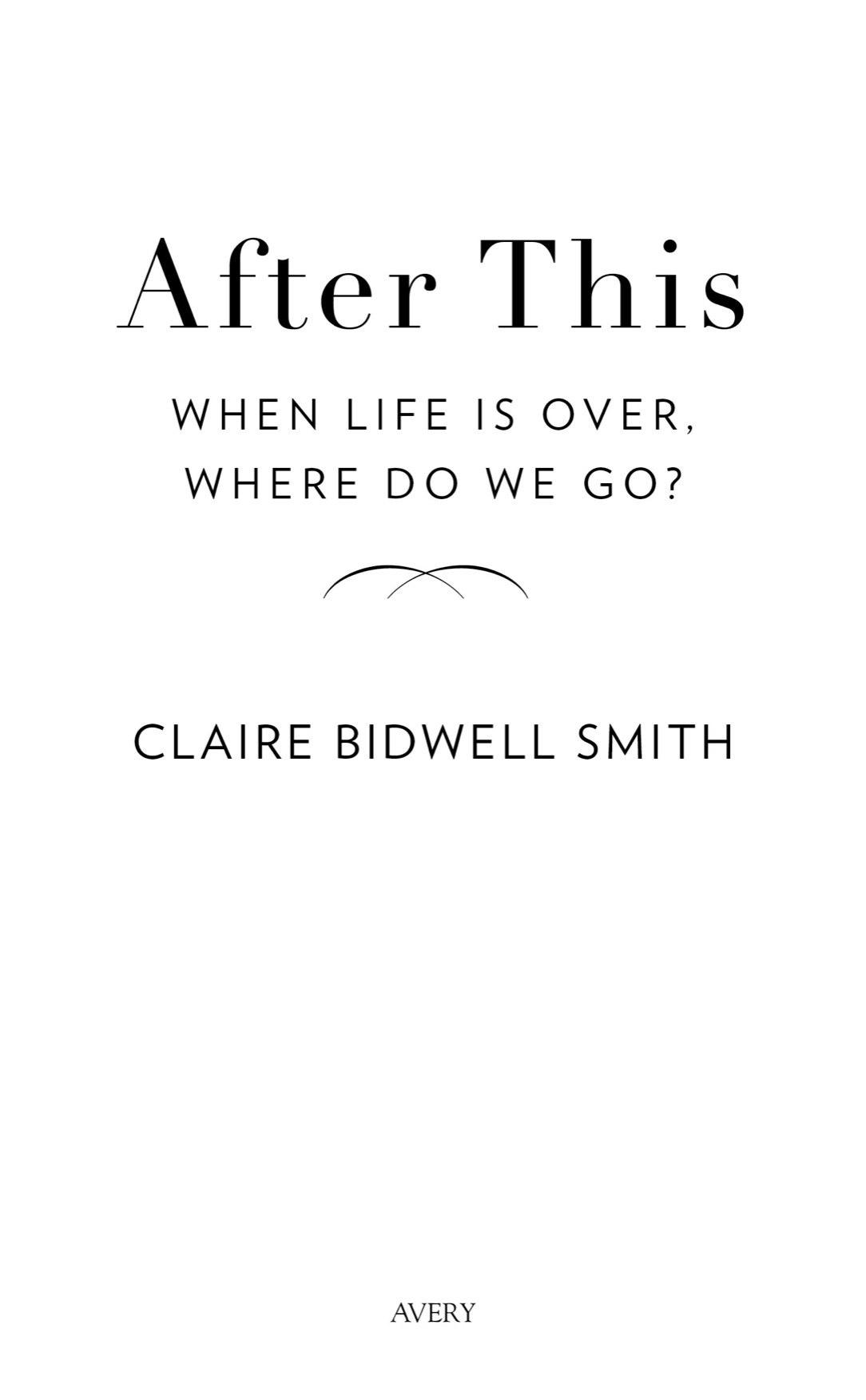To Julie Sherali and Abigail Freemanour friendships made me a better person, and for that I will be forever grateful.
To my daughters, Veronica and JulietteI am honored to be your mother. I love you to the moon and back.
PREFACE
F or my daughters second and fifth birthdays, which fall just a week apart, I gift them a butterfly kit. A week later we receive a small jar of live caterpillars in the mail and watch with fascination as they crawl around their tiny plastic habitat, eventually making their way to the top, where they spin themselves into little ethereal cocoons.
My youngest, Juliette, is entranced by the caterpillars. She has a natural affinity for any kind of living creature, constantly distracted by the sight of a dog walking down the sidewalk, or even a roly poly crossing our path as we make our way to the garage before school.
Every morning we check on the cocoons. Three of the four caterpillars have spun a chrysalis, but the fourth hangs from the side of the jar, looking a little thinner and drier each day. I dont think that ones going to make it.
Finally, following the directions, I carefully transfer the cocoons to a netted habitat that came with the kit. We peer at them each day, waiting with anticipation to see them emerge as butterflies. The fourth caterpillar has made it to the top of the jar, but has not formed a cocoon and has now turned black and stiff.
One morning after I drop the girls at school, I return to the house to find that one of the butterflies has emerged. It perches gently outside its now-empty cocoon, on the side of the net. A splash of what looks like blood is smeared on the paper to which the cocoon is attached, and I read that this is normal and that it is called meconium, a by-product that the butterfly did not need as it made its physical transformation.
When I pick up the girls that afternoon I excitedly tell them that one of the butterflies has arrived. We stop at my friend Joans house to gather some flowers from her garden, as the kit suggests placing some at the bottom of the net, along with some sugar water for the butterflies to feast on.
When we arrive home the other two butterflies have also emerged, and enthralled we watch them, all of us seated around the dining room table. They are beautiful and delicate, their wings opening and closing, their antennae swiveling about as they take in the world.
Mom, my oldest, whom I have nicknamed Vera, asks, how did they become butterflies?
I read a bit to her from the guide that was included with the kit, about the actual physiology of how caterpillars become butterflies, but the explanation seems stiff and scientific compared to the miraculous transformation we are witnessing in front of us. It seems nearly impossible that these elegant insects with their patterned wings were once fuzzy little caterpillars.
For two days we observe the butterflies, feeding them flowers and fruit and sugar water. I explain to the girls that we cannot keep them, and that the next morning we will take them out in the backyard and release them.
They deserve to live in the world, I tell the girls. They nod at me solemnly, agreeing.
The next morning when we wake up, only two of the butterflies are perched on the side of the net. I find the third one immobile at the bottom of the enclosure, obviously dead. I feel a great wave of remorse that this butterfly did not make it to our release day, never getting to experience what it would be like to fly into the sky.
One of the butterflies died, I tell the girls, unable to hide the note of sadness from my voice.
Oh, no, Vera exclaims. What do we do with it?
Well, I think we should first release the other two, and then well bury this one and have a little ceremony for it, I tell her.
The girls nod at me with serious looks on their little faces, and Im struck by how easily they absorb the ideas I offer them.
Outside in the backyard we open up the netted habitat and watch as the two live butterflies soar up into the bright blue California sky. We watch them until we cant see them anymore, and Jules dances about excitedly.
Flying, Mama! she says, over and over again. Theyre flying!
They are, sweetie, I say, smiling.
Finally, I remove the third butterfly from the bottom of the enclosure and I let the girls hold it gently in their palms, all of us marveling over its intricate beauty.
Where should we put it, Mama? Vera asks.
I think we should bury it over there, I say, pointing to a bush full of flowering white roses in the corner of the yard.
Together the three of us walk over to the bush and kneel down in the dirt. Jules holds the butterfly carefully while Vera digs a shallow grave with one of my salad serving spoons. Gently we place the butterfly in the soil and then we cover it with fallen rose petals that we have collected.
Lets all say a few words of thanks to the butterfly, I say, and we take hands, closing our eyes.
Thank you for allowing us to be part of your life, butterfly, I say. Im sorry that you didnt get to fly into the world, but we are so grateful that we got to see you transform from a caterpillar.
Thank you, butterfly, Vera says. You were very pretty.
Thanks, buttafly, Jules says quietly.
Inside, the house feels a little emptier.
Buttafly died, Jules murmurs, over and over again.
I squat down in front of both girls, tugging at their hands, knowing that they are already shifting direction and ready to disappear into their room to play.

